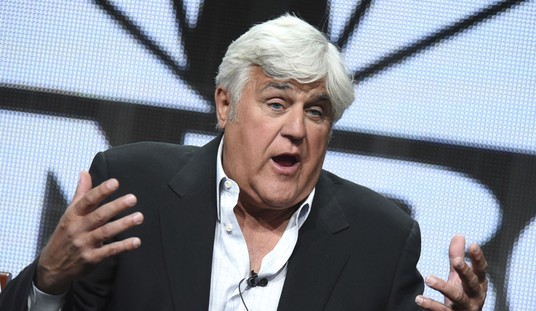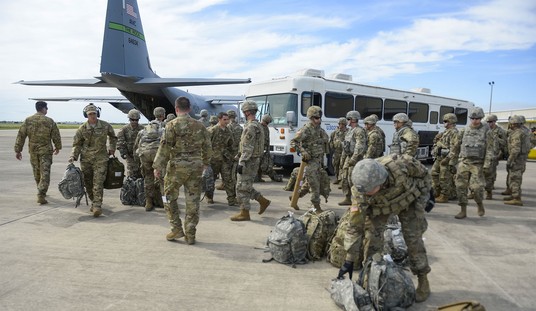Vermont is not an oil and gas state. Check that. Vermont is not an oil and gas producing state. According to the state geologist’s website, a total of six wells have been drilled targeting oil and gas since the Green Mountain Boys trod its, uh, green mountains. All of the wells were dry holes, and the last one was drilled in 1984.
But VT is an oil and gas consuming state, to be sure. Just to clarify, Gov. Shumlin is OK with fracking, as long as it’s in OK (or TX, LA, NM, WY, ND, PA, WV, MI, OH, UT, etc.)
I am going to contact my legislator to get a ban on harvesting maple syrup in Louisiana as a kind of retaliation. My Lord, who knows what might happen if you get that sticky, microbe-laden goo in the water supply!
Vermont first state to ban fracking
(CNN) Vermont’s governor has signed a bill making it the first U.S. state to ban fracking, the controversial practice to extract natural gas from the ground.
“This is a big deal,” Gov. Peter Shumlin said Wednesday. “This bill will ensure that we do not inject chemicals into groundwater in a desperate pursuit for energy.” [Fracking is regulated in every jurisdiction and certainly does not involve injecting “chemicals into groundwater”. — Ed.]
Shumlin said fracking contaminates groundwater and the science behind it is “uncertain at best.” He said he hopes other states will follow Vermont’s lead in banning it.
Gov. Shumlin’s understanding of fracking is the only thing that is “uncertain at best”, but I think even energy advocates like me can live with the fracking ban in Vermont. Next winter, just turn that thermostat up, Governor. Burn, baby, burn!
The good news is that there is someone who is more confused about issues surrounding oil and gas development than Gov. Shumlin: CNN’s own Lizzie O’Leary. As her video accompanying the Vermont article “explains”:
One of the things that oil companies and gas companies and geologists always kind of knew was that there were pockets of oil and natural gas under BIG rock formations, big layers of rock that you couldn’t get at by drilling straight down so this process involves drilling horizontally.
(Cut to image image of a horizontal well. Only it isn’t a horizontal well. It’s a pipeline. Whatever. It’s a big pipe. See below.)
That’s the kind of rock — shale– that you find these oil and gas pockets underneath.
Um, underneath?
The US doesn’t have that much oil or gas if you look at it compared to the rest of the world (sic) and also remember there are a lot of places in the US where you can’t drill for oil and gas; the government only allows it in some places (sic) so they allow fracking in different places than they do, say, traditional oil drilling (sic, sic, sic).
Ay, caramba! You send these people books and they eat them!
Cross-posted at stevemaley.com.
Follow @Vladimirrs
!function(d,s,id){var js,fjs=d.getElementsByTagName(s)[0];if(!d.getElementById(id)){js=d.createElement(s);js.id=id;js.src=”//platform.twitter.com/widgets.js”;fjs.parentNode.insertBefore(js,fjs);}}(document,”script”,”twitter-wjs”);














Join the conversation as a VIP Member